‘Poor man’s deals’ trending among China’s youths
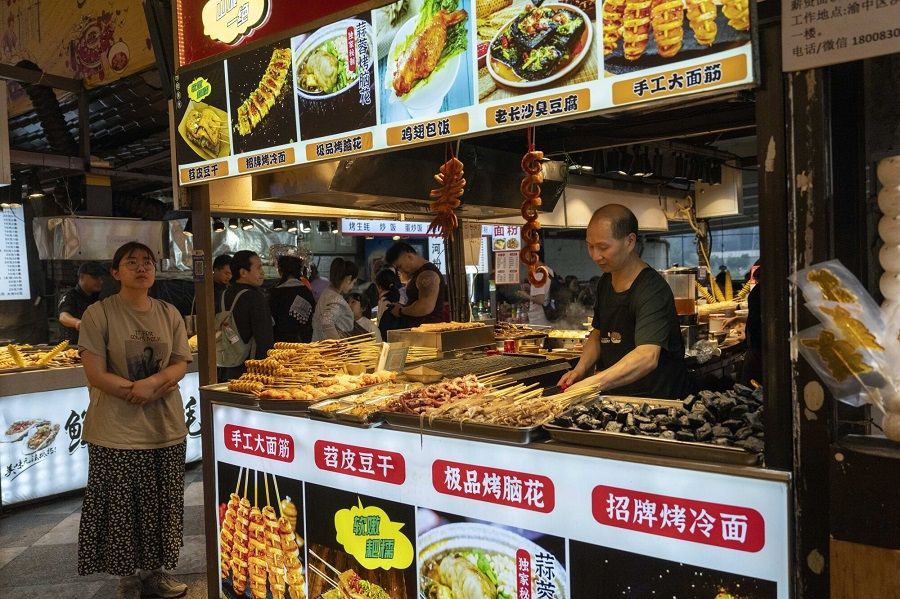
“I eat my fill with a 3 RMB (US$0.42) breakfast buffet, then I get the 19.9 RMB KFC OK set meal for lunch. I buy a 9.9 RMB coffee for a pick-me-up in the afternoon, and then a 10 RMB noodle set meal from 7-Eleven for dinner. After 8.30 pm, I pick up discounted items from Hema Fresh.”
In the past two years, the “poor man’s deal” favoured by Chinese youths have become increasingly popular, with many “poor man’s” buying guides recently popping up on Chinese social media.
The “poor man’s” field has also expanded from the initial Western fast food chains to other dining options, including high-end Michelin restaurants and Sam’s Club, dubbed the “middle-class supermarket”, which have all gradually jumped on the “poor man’s deal” bandwagon.
From McDonalds to Xin Rong Ji
The Chinese internet term “poor man’s deal” (穷鬼套餐, lit. poor ghost set meal) can be traced all the way back to when McDonald’s introduced the “1+1=13.9 RMB pair as you wish” set meal, which was extremely well received by consumers.
Other Western fast food chains subsequently joined the “poor man’s deal” trend, releasing several promotional set meals. The tip for getting “weekly fast food discounts without repetition” is even going viral online:
“Monday at McDonalds for free McNuggets, Tuesdays at Tastien for a ‘one-for-one’ offer, Wednesdays at Dominos for 30% off, Thursdays at KFC for the ‘crazy Thursday’ deal, Fridays at Burger King for a half-priced weekday set deal, then head to Wallace for the weekends. Repeat next week.”
... Xin Rong Ji — a high-end Chinese cuisine restaurant headquartered in Taizhou, Zhejiang, where each consumer spends an average of more than 1,000 RMB per visit — has attracted even more attention recently with its release of a 398 RMB “poor man’s deal”.
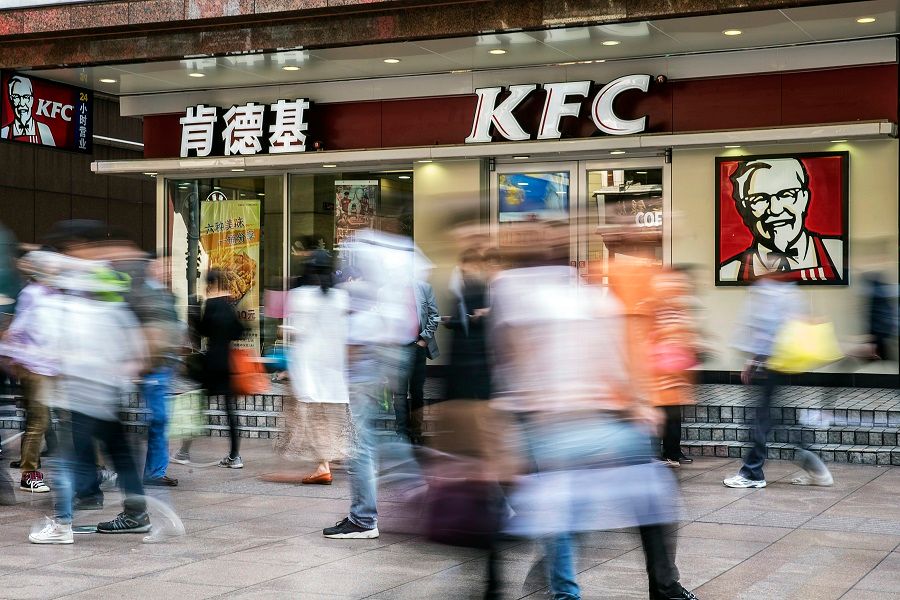
The “poor man’s deal” trend also spread quickly from Western fast food chains to Chinese cuisine, breakfast places and convenience stores. Examples include the 9.9 RMB Pizza Hut breakfast, the 9.9 RMB Nayuki breakfast set, and the 6 RMB breakfast meals offered by convenience stores such as 7-Eleven, Lawson and Family Mart.
Among them, netizens have dubbed the “3 RMB breakfast buffet” by Beijing fast food brand Nanchengxiang (南城香) as “a must have for the poor beipiao (北漂, those who travel to Beijing for work)”. According to a report on canyin168.com (职业餐饮网), since offering their version of the “poor man’s deal”, Nanchengxiang’s branches have seen a surge in their daily sales during the breakfast hours, from 4,000 RMB to well over the 10,000 RMB mark.
Ever since beverage brand Luckin Coffee launched its “9.9 RMB coffee voucher”, their drinks sales surged as well, from 700 cups to 1,300 cups.
Among a slew of midrange food and beverage (F&B) brands, Xin Rong Ji — a high-end Chinese cuisine restaurant headquartered in Taizhou, Zhejiang, where each consumer spends an average of more than 1,000 RMB per visit — has attracted even more attention recently with its release of a 398 RMB “poor man’s deal”.
Xin Rong Ji’s “poor man’s deal” is a weekday lunch set meal for one that it introduced in late 2023, and includes a small pomfret and chestnut pork ribs, among other signature dishes.

Labelling a meal that cost 398 RMB as a “poor man’s deal” stirred controversy at one point, but some netizens felt that although the price is high, the quality of the meal and the service allows consumers to get their money’s worth in terms of emotional satisfaction, as they can “spend a little money to eat at a good restaurant — that is true happiness.”
Battle for the middle class
Besides restaurants and eateries, Sam’s Club, dubbed the “middle-class supermarket”, also adopted the “reduced prices” strategy recently.
In an online post in March, Sam’s Club announced their “long-term reduced prices list”, stating that the store had marked down the prices of selected products under their private label Member’s Mark for the long term.
The items include eggs, fresh milk and laundry detergent, among other popular products, with the price reduction ranging from 2 RMB to 20 RMB.
Prior to this round of price cuts, Chinese social media platforms were already raving about a “Sam’s Club poor man’s three-piece set” shopping list. The most popular set includes eggs, Mengniu Dairy milk and bagels. Posts such as “why the Sam’s Club poor man’s set is such a hit” even made it to Weibo’s list of top searches at the end of February.
... supermarkets originally targeted at the middle class not only need to maintain the quality of their products but also decrease their prices to compete for the shrinking middle class market.

A reason behind this round of price reduction by Sam’s Club was the “remove Sam” strategy adopted by supermarket chain Hema Fresh late last year, which also targets middle-class consumers.
The “remove Sam price”, where prices for similar products were marked down to 1 RMB less than Sam’s Club, was introduced at its Hema X membership store in August 2023. Hema even slashed prices for more than 5,000 in-store products by 20%.
An article analysed that amid an economic downturn, compounded by consumption downgrading, the middle class is clearly struggling. At the same time, the existing middle class is also prioritising cost-effectiveness and price-quality ratio, hoping to spend less money but enjoy higher-quality products.
In other words, supermarkets originally targeted at the middle class not only need to maintain the quality of their products but also decrease their prices to compete for the shrinking middle class market.
The popularity of the “poor man’s deal” is also closely related to social media marketing and influences. A growing number of “poor man” strategy guides have appeared on social media platforms such as Douyin and Xiaohongshu, sharing and discussing how to stock up on coupons and get the best value for your money.
... social media platforms have also ramped up the promotion of discounted group-buy products in recent years, further boosting the sales of “poor man’s deals”.
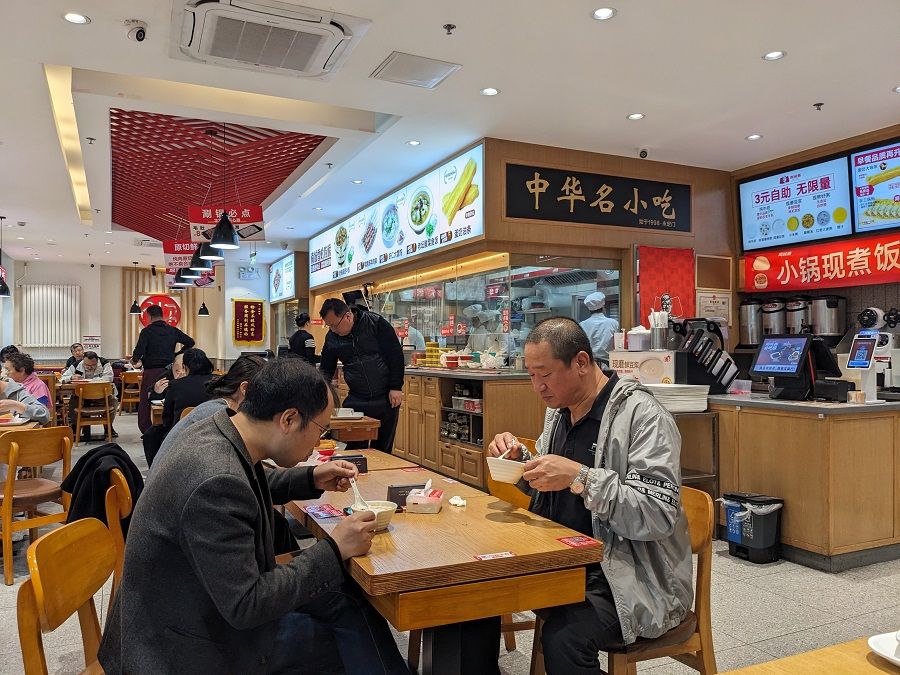
Statistics from Xinhong (新红), a data tool of Xiaohongshu under Xinbang (新榜), showed that in the second half of last year, posts related to the “poor man’s deal” received an average of 2,366 likes per day; from the beginning of this year to mid-March, this figure reached 5,799. By the end of March, relevant posts were receiving a whopping 8,265 average likes per day, four times higher than the same period last year. On Douyin, the topic also amassed at least 800 million views.
Conversely, social media platforms have also ramped up the promotion of discounted group-buy products in recent years, further boosting the sales of “poor man’s deals”.
... at the start of last year, many people anticipated a major boom in the industry and thus rushed into establishing catering businesses. However the industry did not develop as rapidly as expected, and they were eliminated from the market.
Behind the phenomenon
While China’s economy continued to suffer the impact of the pandemic and consumer confidence remained low, cheaper F&B outlets remained popular.
The catering sector is one of the largest consumption markets in China, and the industry includes all commercial activities of cooking, preparing, and selling food to consumers in specific locations. Data from the National Bureau of Statistics showed that China’s catering revenue reached 1.3445 trillion RMB in the first quarter of 2024, an annual increase of 10.8%. But this has significantly slowed from the 20.4% increase last year.
On the other hand, amid the economic slowdown, many people decided to invest in the catering industry, which offers a lower entry threshold. Statistics from qcc.com (企查查) showed that there were 731,000 new registrations of catering-related businesses in the country in the first quarter of this year. However, 459,000 catering businesses ceased operations in the same period, much higher than last year’s figure of 140,000.
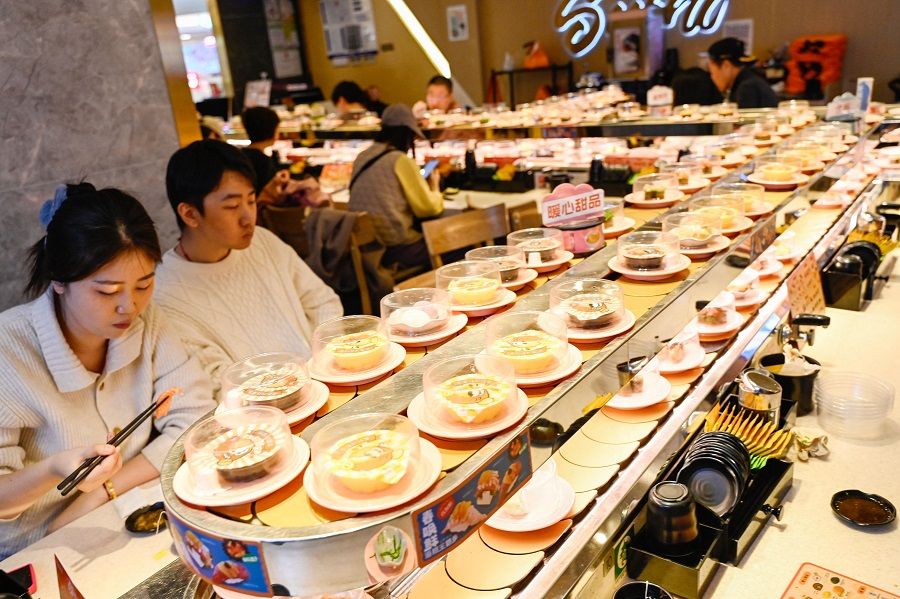
Statistics from databank.meritco-group.com (久谦中台) showed that China opened 2.98 million new catering outlets last year, with an opening rate of 43%; 3.54 million outlets were closed in the same year, a closing rate of 51%.
Industry practitioners believe that the main reason for the high turnover rate is that at the start of last year, many people anticipated a major boom in the industry and thus rushed into establishing catering businesses. However the industry did not develop as rapidly as expected, and they were eliminated from the market.
... it is not that youths these days are so “poor” that they can only afford “poor man’s deal”, but that they believe that “poor man’s deals” provide the most value for money.
The eliminations and reshuffles within the catering industry reflect the complex changes in consumer demand. NielsenIQ’s Prospecting into 2024 China FMCG [fast-moving consumer goods] Consumer Landscape showed that 43% of respondents will strictly control the overall amount of money they spend, while 37% will change their consumer habits and look for the best prices or lower-priced products.
A study by RET.cn (RET睿意德) found that youths between the ages of 25 and 35 are experiencing the most severe consumption downgrading in the last three years, with the greatest decline recorded in luxury items, and leisure and entertainment consumption.
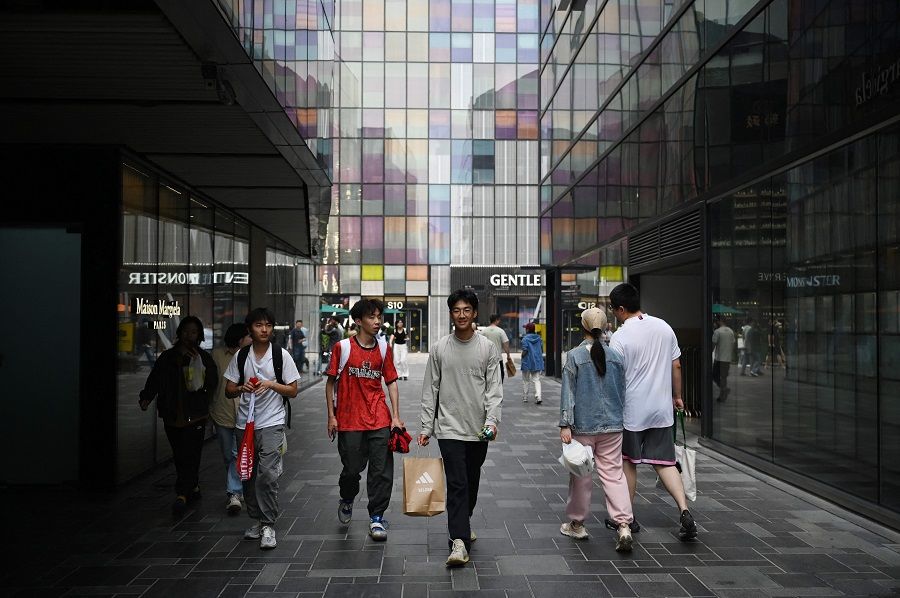
Some caterers have pointed out that it is not that youths these days are so “poor” that they can only afford “poor man’s deal”, but that they believe that “poor man’s deals” provide the most value for money.
Yicai’s report on consumer trends 2023 (《2023消费趋势观察》) showed that “price-quality ratio” is becoming a new consumer concept recognised and practised by consumers who refuse to pay a premium price for no reason, and who do not like low-quality products at low prices. Unlike the sole pursuit of cost-effectiveness, “price-quality ratio” emphasises both quality and value for money.
While the sluggish economy and low employment rates continue to weigh down on youths’ consumer confidence, their consumer attitudes and culture are in fact being upgraded. Amid this low/high mismatch, a “poor man’s deal” that offers a price-quality ratio may be one of the best choices they can make.
This article was first published in Lianhe Zaobao as ““穷鬼套餐”席卷中国餐饮业?”.
